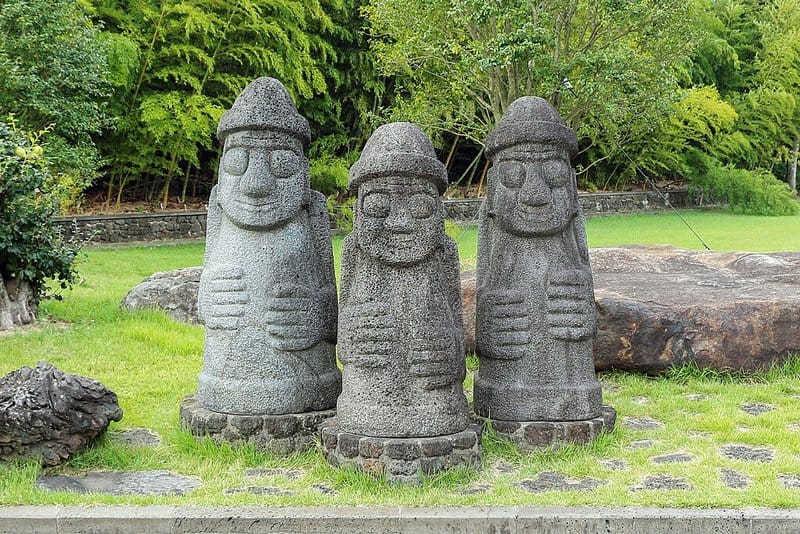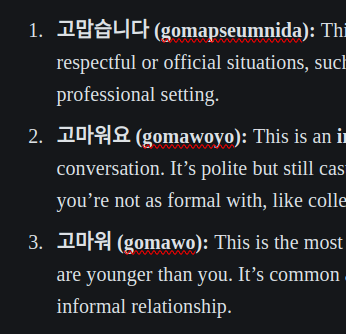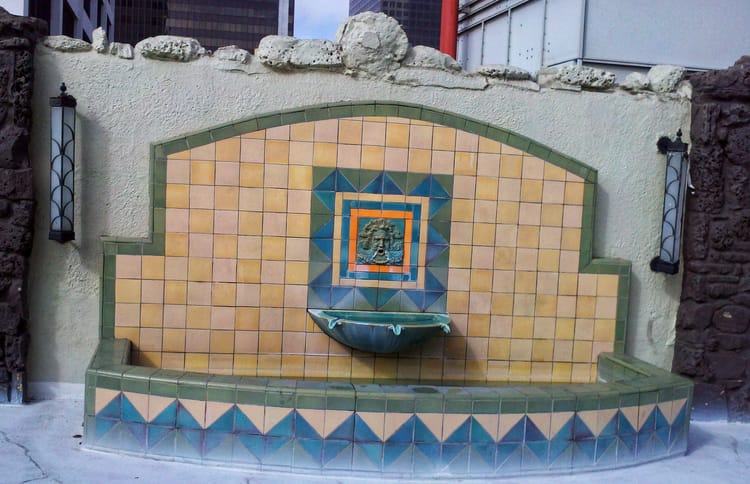The Evolution of Korean Gardens: A Journey Through Time

When discussing East Asian Garden styles, most people think of Japanese gardens. Chinese gardens also are well known due to the nation's global influence. You rarely hear about the gardens of Korea. Korean garden design culture is not as renowned in the Western world as it is for their mutual neighbours of Japan and China.
Korean gardens, like their Chinese and Japanese counterparts, are deeply rooted in philosophical and aesthetic principles. They are known for their natural elegance, harmony with nature, and symbolic meanings. In this post, we'll explore the history of Korean gardens, tracing their evolution from ancient times to the present day.

Ancient Origins: The Beginnings of Korean Garden Design
- Three Kingdoms Period (57 BCE - 668 CE):
- The origins of Korean garden design can be traced back to the Three Kingdoms Period (Goguryeo, Baekje, and Silla). Chinese styles influenced these early gardens but began to develop unique characteristics that emphasized harmony with the natural landscape.
- Archaeological findings reveal that palaces and temples often had gardens featuring ponds, islands, and pavilions that integrated with the surrounding environment.
The Unified Silla and Goryeo Periods: Emphasis on Harmony
- Unified Silla Period (668 - 935 CE):
- During this period, Buddhism became a major influence on Korean garden design. Gardens were often created around temples and sacred sites, symbolizing the Buddhist concepts of balance and enlightenment.
- The famous Anapji Pond in Gyeongju is a prime example of this era. The pond’s irregular shape and natural elements reflected the Silla dynasty’s desire to harmonize with nature.
- Goryeo Dynasty (918 - 1392 CE):
- The Goryeo period saw the rise of Confucianism, which also left its mark on Korean gardens. Confucian values emphasized simplicity, order, and respect for nature.
- Royal palaces and noble estates during this period often included serene, understated gardens with ponds, lotus flowers, and simple stone arrangements.
The Joseon Dynasty: The Golden Age of Korean Gardens
- Nature as a Guide:
- The Joseon dynasty (1392 - 1910 CE) is the golden age of Korean garden design. Confucian ideals were dominant, which led to a focus on simplicity, modesty, and the use of natural elements.
- Private and Scholar Gardens:
- This era saw the development of "Seowon" (private academies) and "Seonbi" (scholar-gentry) gardens. These spaces were designed for contemplation, study, and poetry writing.
- Gardens were often asymmetrical, with natural rock formations, flowing water, and native plants arranged to appear as untouched as possible. These elements created a space for reflecting the philosophical idea that humans are an integral part of nature, not its master.
- Secret Gardens:
- The Huwon or "Secret Garden" within Changdeokgung Palace is a standout example of this era. The garden was designed to mimic a natural woodland. It contained flowing streams, wooded hills, and pavilions discreetly hidden within the landscape.
Modern Developments: Korean Gardens Today
- Post-Joseon and the Influence of Modernization:
- As Korea opened to the outside world in the late 19th and early 20th centuries, new influences began to shape garden design. Western-style gardens introduced formal layouts and non-native plants, leading to a blend of old and new styles.
- Preservation and Revival:
- Today there is a renewed interest in traditional Korean gardens, with efforts to preserve historic gardens and recreate lost designs.
- The restoration of Anapji Pond and the maintenance of historic palace gardens like those in Gyeongbokgung and Changdeokgung showcase the enduring legacy of traditional Korean garden principles.
Key Features of Traditional Korean Gardens
- Naturalistic Aesthetics: Korean gardens emphasize a natural look, often integrating existing landscapes rather than reshaping them.
- Ponds and Waterways: Central to most designs, these elements symbolize purity, life, and balance.
- Pavilions and Bridges: Structures within gardens are usually understated and positioned to blend seamlessly with their surroundings.
- Symbolic Plants: Plants like pine trees, bamboo, and lotus flowers are frequently used for their cultural and symbolic meanings.

Noteworthy Korean Gardens around the World
Los Angeles
Los Angeles is home to the largest Korean diaspora community in the U.S., and there are some noteworthy examples of Korean gardens in and around this area.
The Korean-American community in Los Angeles is significant, with estimates ranging from 300,000 to 400,000 people, making it one of the most vibrant centres of Korean culture outside of Korea. As a result, several noteworthy Korean Gardens are available to visit if you live in, or travel to, Southern California.
Korean Friendship Garden at The Huntington Library (San Marino)
- The Huntington Library, Art Museum, and Botanical Gardens in San Marino, located in Los Angeles County, is home to the Korean Friendship Garden, also known as "Seonbi Garden." This garden was designed as a place for reflection. Seonbi honours the longstanding friendship between Korea and the United States.
- The garden features traditional Korean architectural elements, including pavilions, stone lanterns, and serene water features. It’s a peaceful space that evokes the naturalistic design principles central to Korean garden traditions.
- The garden also highlights native Korean plants like red pine trees (Pinus densiflora), which are significant in Korean culture for their resilience and beauty.
Korean Bell of Friendship and Bell Pavilion (San Pedro)
- Located at Angels Gate Park in San Pedro, the Korean Bell of Friendship and its surrounding garden are iconic landmarks in the Los Angeles area. While not a traditional garden in the full sense, the site beautifully integrates Korean architectural elements, landscaping, and cultural symbolism.
- The bell, a gift from South Korea to the United States in 1976, sits within a traditional pavilion with a landscaped garden offering panoramic views of the Pacific Ocean.
- The surrounding area is landscaped with Korean pine trees, stones, and lawns, serving as a gathering spot for Korean cultural celebrations and events.
3. James Irvine Japanese Garden (Little Tokyo)
- While not specifically a Korean garden, this garden in downtown Los Angeles’s Little Tokyo neighbourhood is frequently visited by Korean American residents and serves as an example of how East Asian garden traditions coexist in diaspora communities.
- The garden’s elements: stone bridges, koi ponds, and well-placed native plants, echo the shared principles between Japanese and Korean garden designs. The garden's creator, Dr. Takeo Uesugi, has created a serene spot for the broader Asian community.

These gardens serve as important cultural spaces for the Korean American community in Los Angeles, blending traditional Korean aesthetics with the diverse landscape of Southern California. They reflect the ongoing cultural exchange between Korea and the U.S. while providing tranquil retreats in the city for all Angelenos.
China
It is commonly believed that Los Angeles contains the largest Korean diaspora community outside of the Korean peninsula. This is not true, however, Los Angeles’ Koreatown community is more famous and has helped promote Korean culture globally.
Los Angeles is not home to the largest Korean diaspora community in the world. The largest Korean diaspora is actually in China. The Korean-Chinese community (known as Joseonjok) is concentrated in Northeast China, particularly in the Yanbian Korean Autonomous Prefecture in Jilin Province. China has the largest Korean diaspora of any nation, with over 2 million ethnic Koreans living in the country.
There are some noteworthy Korean-style gardens in mainland China. Although these gardens may not be as well-known internationally as those in Korea or Los Angeles, they reflect the influence and cultural preservation efforts of the Korean diaspora in China.
Here are a few examples:
1. Yanbian Korean Autonomous Prefecture Gardens (Jilin Province)
- Jilin province in northeast China is home to a large population of ethnic Koreans. Throughout this region, you can find Korean-style gardens integrated into parks and cultural centres. These gardens often feature traditional Korean pavilions, lotus ponds, and pine trees, symbolizing peace and harmony.
- These gardens serve as community gathering spaces where festivals and cultural events celebrate Korean traditions, including dance, music, and food.
2. Changchun World Sculpture Park (Changchun, Jilin Province)
- This large park is home to various themed gardens, including one inspired by Korean garden design. The Korean garden area showcases traditional elements like wooden pavilions, natural rock arrangements, and flowing water features that align with the principles of Korean landscape architecture.
- While not as historically significant as other Korean gardens, it is a powerful testament to the influence and spread of Korean culture in northeast China.
3. Korean Cultural Villages and Heritage Parks
- In areas with strong Korean communities, especially near the North Korean border, there are cultural villages that preserve and display traditional Korean landscaping. These spaces are often designed to educate visitors about Korean history and culture, featuring garden layouts similar to those found in traditional Korean gardens.
These gardens may not be as prominent as those in South Korea or Los Angeles, but they are important for understanding how Korean culture has been preserved and adapted by the diaspora in mainland China.
Importance to the Korean Identity
Korean gardens are a reflection of the nation’s deep respect for nature, philosophical traditions, and cultural identity. From ancient temple gardens to modern reconstructions, these spaces tell a story of balance, harmony, and timeless beauty.
While these gardens can be confused for Japanese Gardens or Chinese Gardens, I feel they deserve to be researched and admired without comparison to their Asian neighbours.

Bonus content: Giving Thanks in Korean

If you enjoyed today's post, feel free to give thanks to us. For a bit of fun, how about giving thanks in Korean instead?
In Korean, there are different ways to say "thank you" depending on the level of formality and the relationship between the speakers:
- 고맙습니다 (gomapseumnida): This is the formal polite expression used in more respectful or official situations, such as when talking to someone older or in a professional setting.
- 고마워요 (gomawoyo): This is an informal polite expression commonly used in daily conversation. It’s polite but still casual enough for regular interactions with people you’re not as formal with, like colleagues or acquaintances.
- 고마워 (gomawo): This is the most casual form, used with close friends or people who are younger than you. It’s common among peers and when there’s a comfortable, informal relationship.
Understanding these distinctions helps ensure that you use the appropriate level of politeness depending on the context!





